Located in the Central Molecular Zone (CMZ), these filaments could be a part of a cyclical process in one of the galaxy’s most mysterious regions.


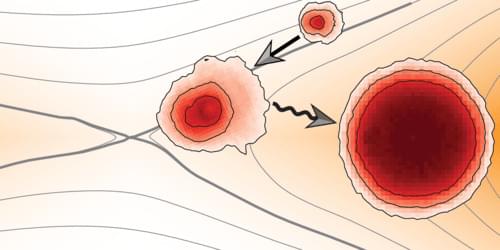
An analysis using unprecedented satellite observations reveals important information about how electrons get heated throughout the Universe.
What connects solar flares that induce space weather, geomagnetic storms that cause auroras, and magnetic disruptions that spoil confinement in magnetically confined fusion devices? All these events rapidly convert stored magnetic energy into kinetic energy of surrounding electrons and positively charged ions in the plasma state of matter. The energy conversion occurs via a fundamental process called magnetic reconnection [1]. But some aspects of reconnection remain poorly understood, despite decades of scrutiny through theoretical studies, ground-and satellite-based observations, lab experiments, and numerical simulations [2]. A key unresolved problem is determining how much of the released magnetic energy goes to the electrons and how much goes to the ions, and by what physical mechanisms this energization occurs.
Obayashi pursues the potential for the future of the space elevator from a construction standpoint, and describes a newly-designed, whole-space elevator system, including its construction process, which we designed on the basis of work by construction engineers who completed the world’s tallest free-standing tower, TOKYO SKYTREE®, in 2012.
In the following animation, a space elevator which climbs from the Earth Port as a departure port for people to Geostationary Earth Orbit Station at a height of 36,000 km is featured.
The space elevator is planned to be built by the year 2050 with a capacity to carry 100-ton climbers. It is composed of a 96,000-km carbon nanotube cable, a 400-m diameter floating Earth Port and a 12,500-ton counter-weight. Other facilities include Martian/Lunar Gravity Centers, an Low Earth Orbit Gate, a Geostationary Earth Orbit Station, a Mars Gate and a Solar System Exploration Gate.-Jacob’s Ladder 🤔 https://www.obayashi.co.jp/en/news/detail/the_space_elevator…cept.html#
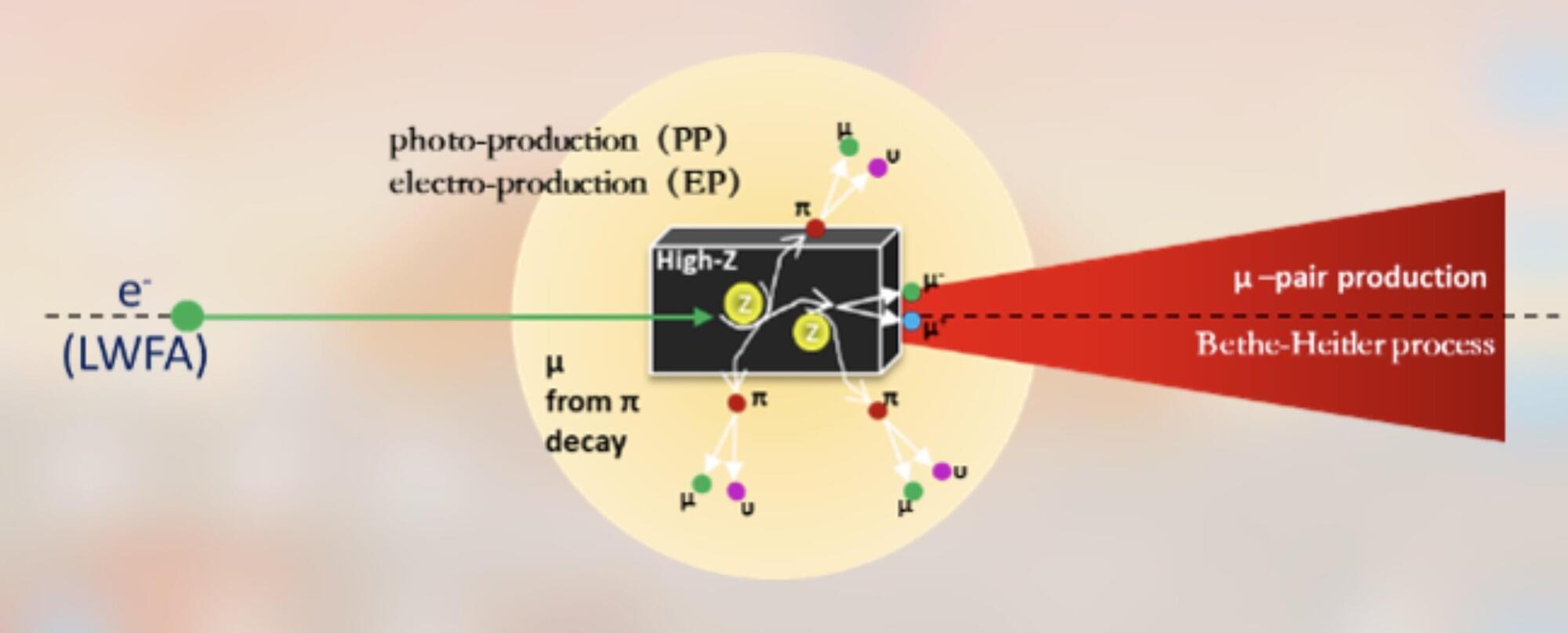
Muons are elementary particles that resemble electrons, but they are heavier and decay very rapidly (i.e., in just a few microseconds). Studying muons can help to test and refine the standard of particle physics, while also potentially unveiling new phenomena or effects.
So far, the generation of muons in experimental settings has been primarily achieved using proton accelerators, which are large and expensive instruments. Muons can also originate from cosmic rays, rays of high-energy particles originating from outer space that can collide with atoms in the Earth’s atmosphere, producing muons and other secondary particles.
Researchers at the China Academy of Engineering Physics (CAEP), Guangdong Laboratory, the Chinese Academy of Sciences (CAS) and other institutes recently introduced a new method to produce muons in experimental settings, using an ultra-short high-intensity laser.
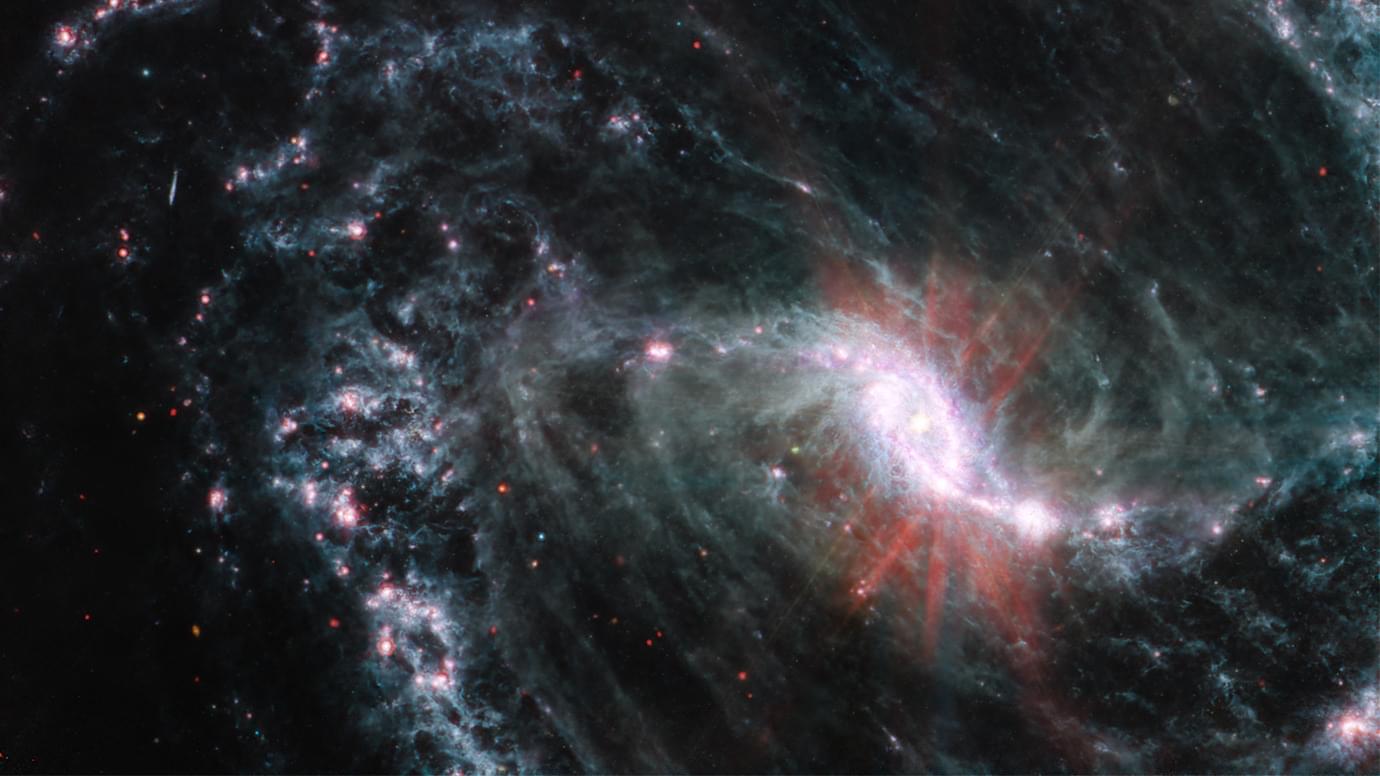

Using the Magellan Clay Telescope, astronomers have performed a spectroscopic study of blue straggler stars in the globular cluster NGC 3201. Results of the new study, published May 21 on the arXiv preprint server, could help us better understand the properties and chemical composition of this cluster.
First identified in the 1950s, the blue straggler stars (BSSs) are unique main-sequence (MS) stars that are brighter, bluer, and appear younger than their coeval counterparts, hence more massive than MS stars. They are positioned to the left and above the main-sequence turnoff (MSTO) in the optical color-magnitude diagram (CMD).
One of the places to look for and investigate the BSS population are globular clusters (GCs)—gravitationally bound groups of stars. Due to their relatively high masses, the blue straggler stars can be used to probe the internal dynamics of GCs.
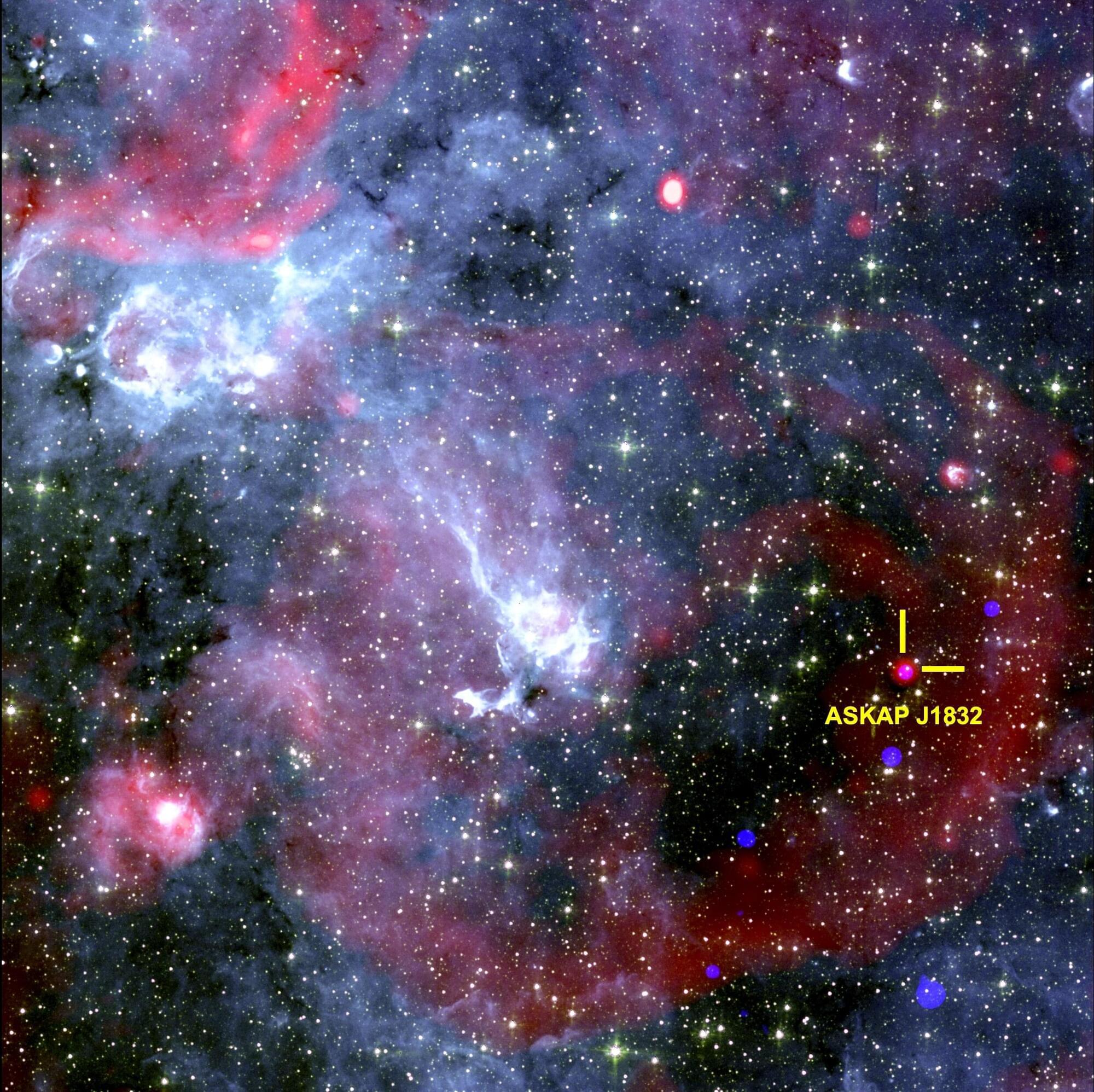
Astronomers from the International Center for Radio Astronomy Research (ICRAR), in collaboration with international teams, have made a startling discovery about a new type of cosmic phenomenon.
The object, known as ASKAP J1832-0911, emits pulses of radio waves and X-rays for two minutes every 44 minutes.
The paper, “Detection of X-ray Emission from a Bright Long-Period Radio Transient,” is published in Nature.

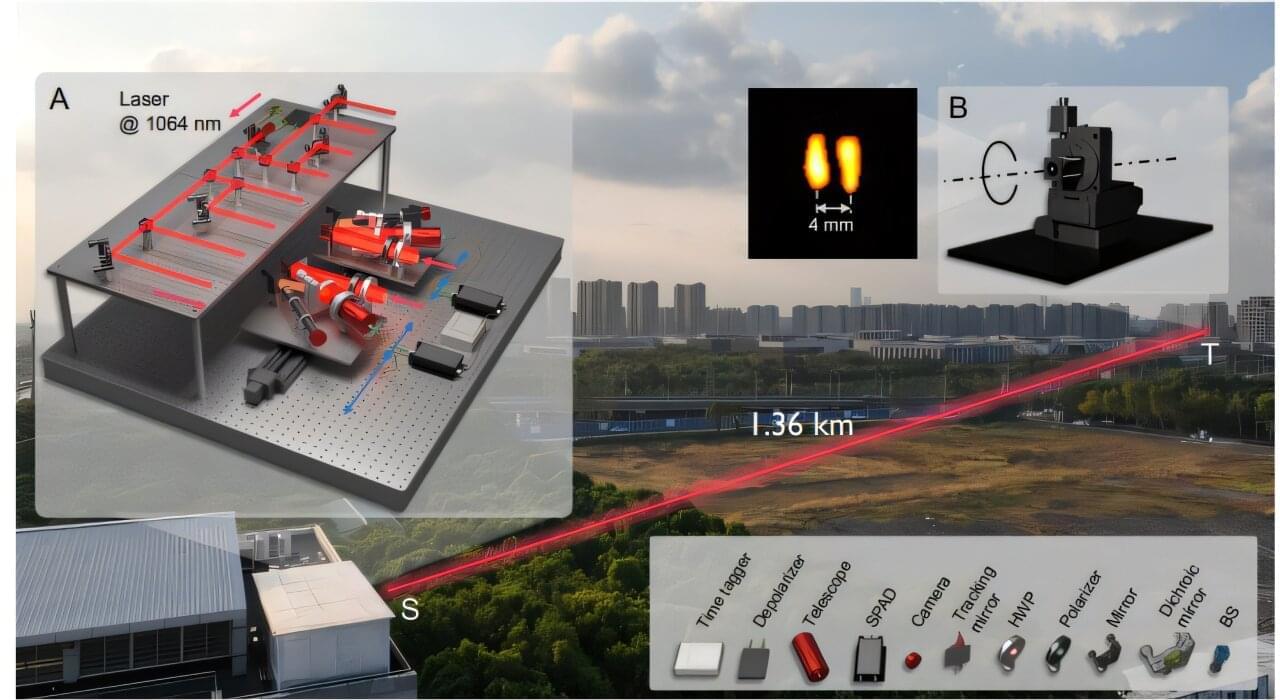
You are the protagonist in a thriller. One morning, an unknown caller with a distorted voice says, “To save your city, solve the puzzle. Go to the coordinates. X marks the clue.” You rush to the spot and see an X on a distant billboard, too far to read. Your vision is sharp, but not that sharp. So, what do you do? A new laser emitter designed by a team of researchers from China could come to the rescue.
According to the study published in Physical Review Letters, the developed setup includes multiple laser emitters that enable super-resolution imaging of targets as small as millimeters in scale from a 1.36 kilometers (0.85 miles) distance in an outdoor urban environment. The device successfully images letter-shaped physical targets measuring 8×9 mm, with letter widths of 1.5 mm, placed at the far end of its imaging range.
Interferometry is a widely used imaging technique in astronomy which works by merging light from different sources to create an interference pattern. These interference patterns are formed when light waves interact to either reinforce or cancel each other depending on their phase differences. These patterns carry detailed information about the object or phenomenon being studied.
